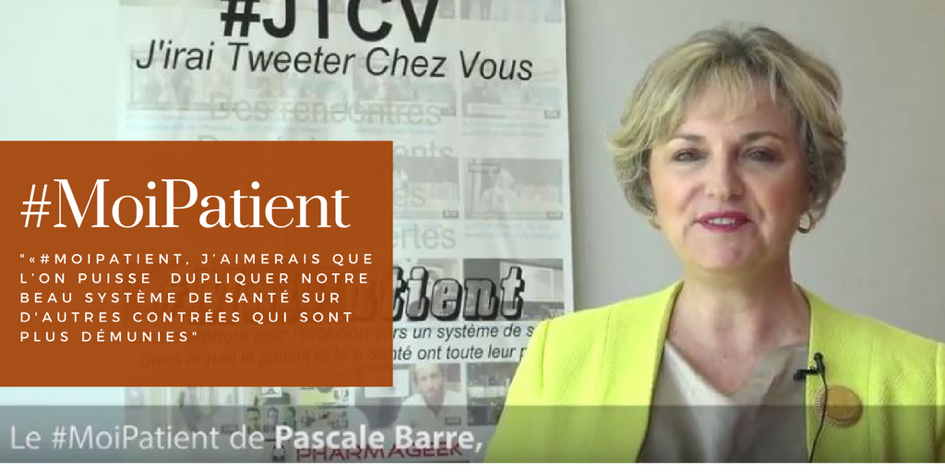Using Health Information Technology to Engage Patients in their Care
02/12/2013Content Marketing in Healthcare: A Way to Help Patients Find (and Choose) YOU
02/12/2013FDA Helping to Advance Treatments Tailored to Patients
Personalized medicine is the tailoring of a medical treatment to the individual characteristics, needs and preferences of a patient. Many recent advances involve using a patient’s genetic information to guide his or her treatment.
Developing a truly personalized approach to patient care will require fundamental advances in the understanding of the biological, anatomical and physiological mechanisms that underlie disease, and how they are affected by environmental, genetic, social and cultural factors.
To describe its unique responsibilities and its efforts in facilitating the advancement of personalized medicine, the Food and Drug Administration (FDA) has released a new report entitled « Paving the Way for Personalized Medicine: FDA’s Role in a New Era of Medical Product Development
FDA’s commitment to personalized medicine dovetails with its focus on advancing regulatory science, which is the science of developing new tools, standards and approaches to assess the safety, effectiveness, quality and performance of FDA-regulated products.
Here are some examples from the report of how FDA is using regulatory science to help speed the development of promising new personalized medicine therapies.
Virtual patient: Advances in medical imaging and the power of computers to create virtual, anatomically correct models of the human body have enabled the use of patient-specific computer simulations in clinical practice and medical device development. This has facilitated the creation of personalized, custom-built medical devices. FDA’s Center for Devices and Radiological Health (CDRH) is developing a publicly available digital library of such models and simulations. This space for collaboration and sharing will help advance the personalization of medical device development and use.
Clinical Trial Designs and Methods: FDA is working to refine clinical trial design and statistical methods of analysis to address issues that often arise in the development of targeted therapeutics. The agency is also looking specifically at clinical trials for the development of cancer drugs. For example, FDA is participating in the « I-SPY 2 Trial, » a groundbreaking clinical trial model that will help scientists quickly test the most promising drugs in development for women with rapidly growing breast cancers.
Biology of cancer: FDA’s National Center for Toxicological Research (NCTR) conducts research to improve the understanding of cancer’s underlying biology. A research project focused on the KRAS oncogene, for example, established that many tumors carry subpopulations of KRAS mutant cells, which can contribute to an acquired resistance to some cancer treatments.
Identification of genetic risk factors for vaccine reactions: FDA’s Center for Biologics Evaluation and Research is involved in research collaborations that focus on identifying genetic risk factors associated with negative reactions to vaccines.
Genetics and cardiovascular risk: In collaboration with researchers at the University of Maryland, scientists at NCTR are conducting research to identify genetic factors that interact with common lifestyle factors—such as diet and drug exposure—to contribute to cardiovascular disease.
Personalized medicine for heart devices: Researchers at CDRH have made major advances in understanding the underlying biology of heart disease. They have used new methods to analyze electrocardiograms to identify the causes of heart disease and to predict which patients will benefit from specific cardiovascular treatments. These new methods are being used by outside research groups and may be used to design more efficient clinical trials in the future.
See on www.fda.gov




